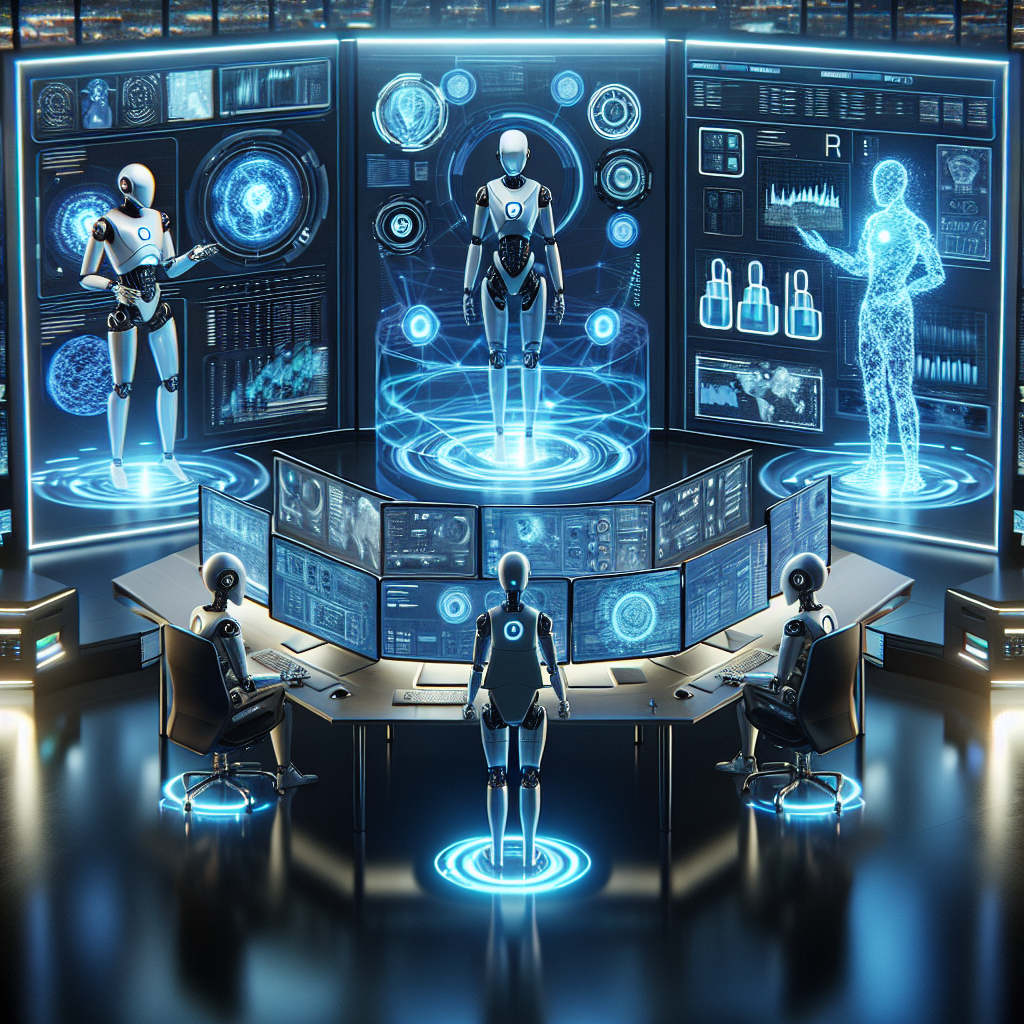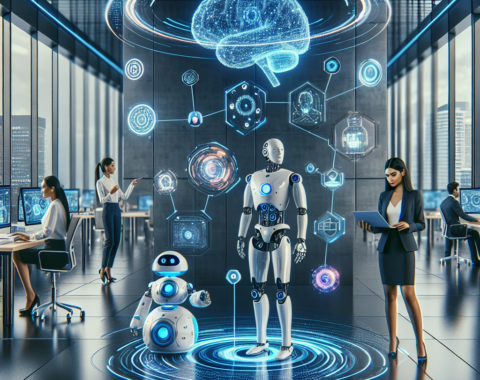
Top AI Job Roles Transforming Cybersecurity in 2025’s Digital Landscape
The world of cybersecurity is rapidly evolving, especially as the vast landscape of digital technology continues to expand. By 2025, artificial intelligence (AI) is set to play a pivotal role in reshaping how organizations safeguard their digital assets. As complexity escalates, specialized AI-driven roles are emerging, redefining traditional cybersecurity positions. This article delves into the top three AI job roles that are transforming cybersecurity in 2025, exploring their significance and impact on maintaining a secure digital environment.
AI-Powered Threat Intelligence Analyst
The Role and Responsibilities
The AI-Powered Threat Intelligence Analyst is at the forefront of cybersecurity, leveraging advanced AI tools to sift through vast amounts of data in real time. These analysts are responsible for:
- Collecting and analyzing threat data from numerous sources
- Identifying patterns and anomalies that suggest potential risks
- Utilizing AI algorithms to predict future threats
- Collaborating with cybersecurity teams to develop proactive defense strategies
The Impact on Cybersecurity
In 2025, the sheer volume of cyber threats requires a robust and efficient approach to threat intelligence. AI-powered analysts not only expedite the threat detection process but also enhance accuracy, minimizing false positives. By incorporating machine learning algorithms, these professionals can anticipate emerging threats and adapt defense mechanisms accordingly. This proactive stance is crucial in mitigating complex cyberattacks that target both tech infrastructure and human vulnerabilities.
AI-Driven Security Architect
The Role and Responsibilities
AI-driven Security Architects focus on designing and implementing advanced security frameworks that are adaptable and resilient. Their primary responsibilities include:
- Developing AI-enhanced security models that predict and respond to threats dynamically
- Integrating AI solutions into existing cybersecurity infrastructure
- Ensuring compliance with industry standards and regulations
- Leading the adoption of new AI technologies within their organizations
The Impact on Cybersecurity
Security architects are crucial in constructing digital fortresses that can withstand both known and unknown threats. By 2025, these professionals will be leveraging AI to not only enhance the robustness of security protocols but also to automate adaptive responses to breaches. AI-driven architectures offer the flexibility to evolve alongside technological advancements, ensuring organizations remain protected against even the most sophisticated cybercriminals.
AI-Enabled Incident Responder
The Role and Responsibilities
AI-Enabled Incident Responders specialize in managing and mitigating cybersecurity incidents using AI technologies. Their duties encompass:
- Rapid detection and assessment of security breaches
- Deploying AI models to isolate affected systems and contain threats
- Utilizing AI tools to perform forensic analysis and identify root causes
- Collaborating with other departments to enhance overall incident response strategies
The Impact on Cybersecurity
In the era of AI, the speed and efficiency of incident response are critical. AI-enabled responders can significantly reduce the time taken to detect and neutralize threats, thereby limiting potential damage and data loss. By automating routine response tasks, these professionals can focus on strategizing better recovery processes and refining future prevention methods. Integrating AI into incident response not only streamlines operations but also strengthens the overall resilience of organizations against cyber incidents.
The Future of AI in Cybersecurity
Challenges and Opportunities
As these AI-driven roles expand and evolve, organizations will face both challenges and opportunities. On one hand, integrating AI technologies requires investments in infrastructure and expertise, potentially increasing initial costs. There’s also the challenge of ensuring that AI systems operate without bias and that ethical considerations are addressed.
On the other hand, the opportunities for enhanced security and efficiency are significant. AI technologies promise to transform cybersecurity by making systems more intuitive and adaptable, allowing organizations to stay one step ahead of cyber adversaries. Ultimately, as AI continues to evolve, its role in cybersecurity will become even more critical, offering new avenues for innovation and protection.
Preparing for the AI-Driven Future
Organizations preparing for the future must:
- Invest in AI training and education for cybersecurity professionals
- Stay up-to-date with advancements in AI and machine learning technologies
- Collaborate with AI experts to ensure ethical and unbiased AI implementation
- Foster a culture of continuous learning and adaptation
By embracing these strategies, businesses can harness the full potential of AI to build a secure digital future.
Conclusion
As we navigate towards 2025, the integration of AI into cybersecurity is more crucial than ever. The roles of AI-Powered Threat Intelligence Analysts, AI-Driven Security Architects, and AI-Enabled Incident Responders highlight the transformative impact AI is having on the cybersecurity landscape. By adopting AI-driven strategies and staying vigilant in the face of evolving threats, organizations can safeguard their digital domains effectively. Embracing these roles will not only enhance security measures but also unlock new possibilities for a safer, more secure digital world.




